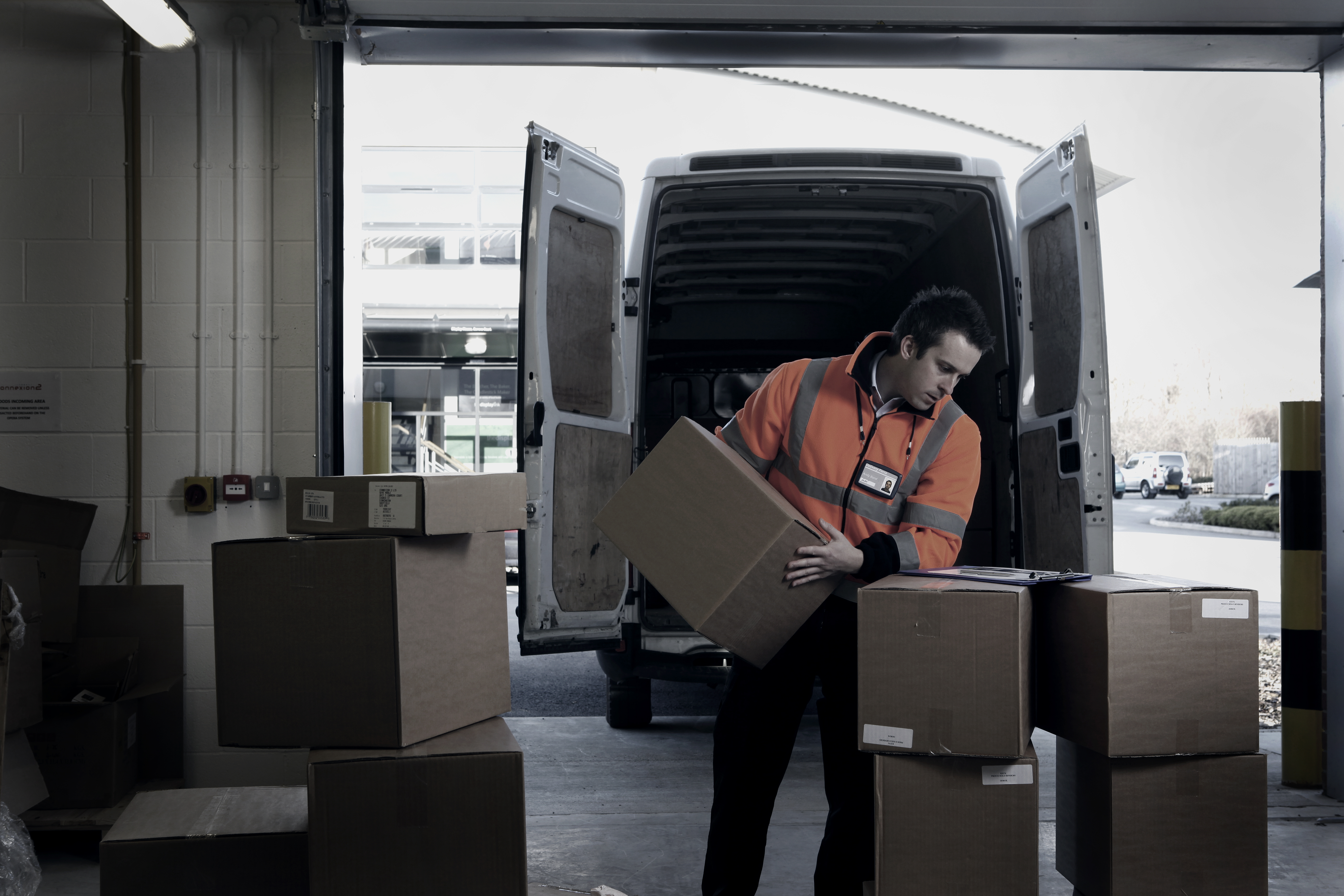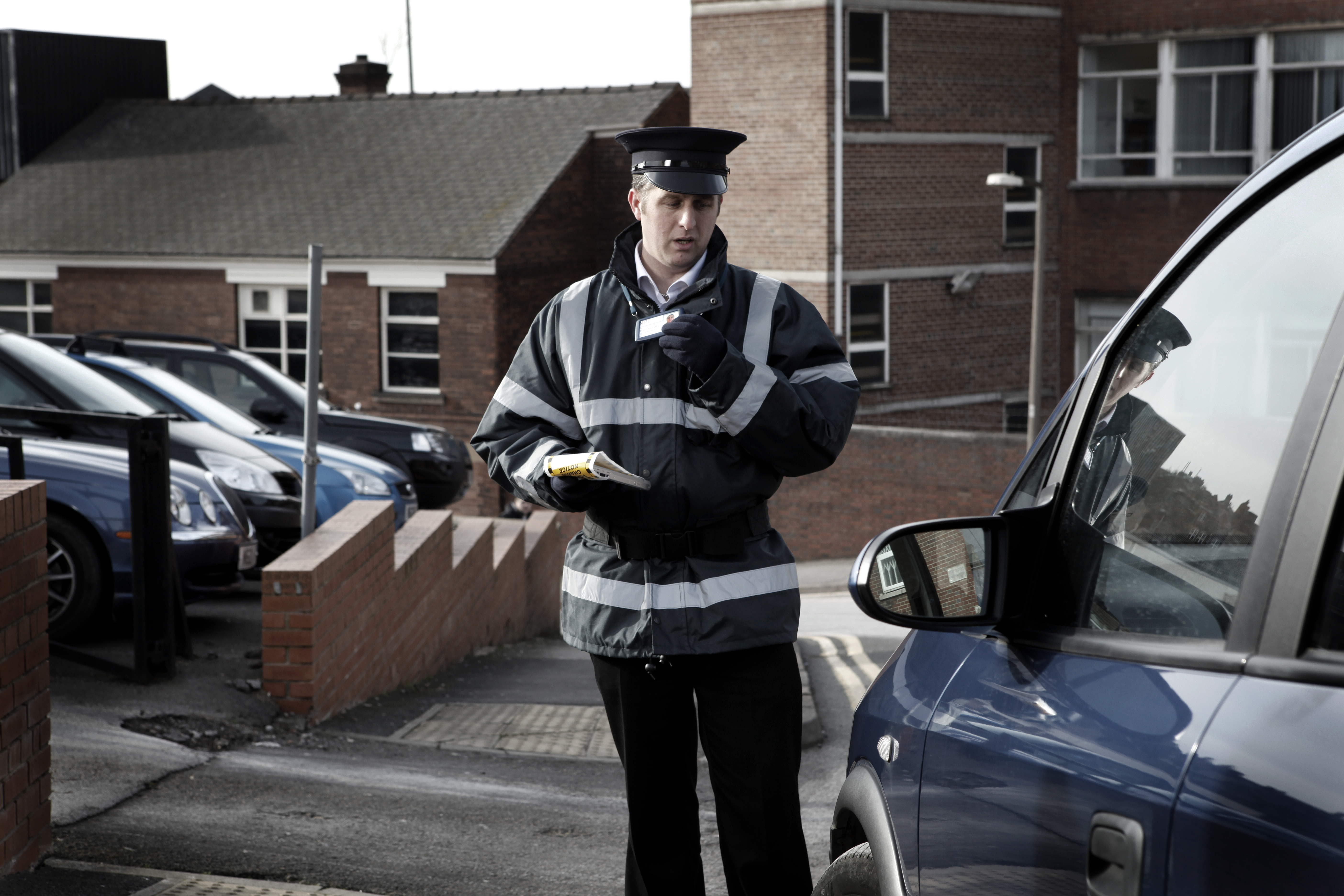
As the countdown to Christmas begins it’s important to remember the added risks this time of year can bring. It’s always imperative to look after your lone workers, and to consider your personal safety when working alone – but even more so when a situation changes, such as adverse weather conditions or a greater chance of social risk due to extra alcohol consumption. As well as the moral implications of not doing whatever is reasonably achievable to protect the health and safety of your employees there are also financial implications, risk of brand damage and in some cases you could find yourself serving a custodial sentence.
Therefore, it’s important you and your employees a fully prepared to deal with any extra risks the festive period may bring up. Here, SoloProtect discusses ways in which lone workers can remain safe over the festive season.

Top Tips
- Continue to dynamically assess risk – take care and make all the normal precautions you’d usually apply to the demands of your job and also consider any added risk.
- Don’t use your Lone Worker Device (LWD) any less, just because it’s the holiday season.
- 24/7/365 means just that – I.e. monitoring for lone workers remains a constant during the holiday season – SoloProtect will always be listening when you need us.
- Social Risk – Excess ‘holiday spirits’. Alcohol use, by customers, clients and members of the public will no doubt be increased during the festive season and this will undoubtedly have an impact on social behaviour, verbal abuse and aggression. Be extra vigilant if you’re likely to come into contact with anyone who may have had one too many.
- Environmental risk – remain perceptive to adverse weather conditions and keep updated on any potential weather changes.
- Keep in touch with your colleagues – it’s possible a lot of staff will not be working as much as usual around Christmas but there is still a great deal of employees who will have very little time off. With this in mind make sure everyone is aware of the correct procedures, keep sharing information and relevant points of contact.
- Are you public facing and working alone? Consider your personal safety, plan ahead and don’t wait for aggression to come to you. Again, with excess ‘holiday spirit’ there’s an increase in social risk. If you think someone’s about to get aggressive with you, activate your Identicom device and a trained operator will be listening in, ready to escalate the situation if necessary.
- Do you visit clients at home? Is something telling you that you shouldn’t enter a property? Don’t take any unnecessary risks. If something doesn’t feel right, then don’t enter the property. Trust your instincts.
- Slow down! Don’t rush. With so much going on there’s a tendency to rush around in order to get things done. This will ultimately lead to more slips and trips and could cause you to miss something when doing your dynamic risk assessment.
- Have fun! Enjoy your Christmas and be safe!
It makes financial, moral and legal sense to protect the health and safety of your staff. Measures should be taken throughout the year, in order for your lone workers to have the necessary tools to allow them to respond correctly to emergencies; these measures should not be ignored at this time of year.
The government has produce a set of safer working principles and risk assessment for transport operators and organisations, and people who work in or from vehicles, including couriers, mobile workers, lorry drivers, on-site transit and work vehicles.
The guide will help transport organisations and people who work in or from vehicles in England understand how to provide safer workplaces and services for themselves, their workers and passengers. It outlines measures to assess and address the risks of COVID-19.
Each organisation will need to translate the principles and examples in this guidance into specific actions. Transport providers should remain mindful of their obligations under health and safety, equalities and employment legislation. Transport providers should try to co-ordinate their planning and actions with other providers.
Operators should consider this guidance alongside guidance on national restrictions.
Click here to access the Safer transport guidance for operators and people who work in or from vehicles.
Safety & Health Podcast
Hear from Giles Rhys Jones, Chief Marketing Officer at What3Words about how the geocoding system can be used to keep lone workers safe.
What3Words is being used by around 80% of the emergency services in the UK to help find an exact location quickly, and also allows lone and remote workers to check in with their employer when they arrive at a job, pinpointing their location to a 3x3m square, anywhere on the planet.
Subscribe and tune in the Safety & Health Podcast to discover the latest issues facing the health and safety profession, and stay on-top of the developments affecting your role, from working at height, lone working and common workplace hazards, to safety culture, behaviours, occupational health and mental health and wellbeing.
Join the conversation today!



Yet another shameless advertisement for identicoms and one of their suppliers; masquerading as an impartial advice article. Cleverly done though, as it reads as if these devices are now standard equipment for lone workers. I work in health and social care and most organisations I know choose not to use such devices. Those that have invested in them seem to greatly regret it as they aren’t used. Remember they are PPE. We should all know the limitations of PPE; and SHP should be clear about the difference between advertising and ‘articles ‘.